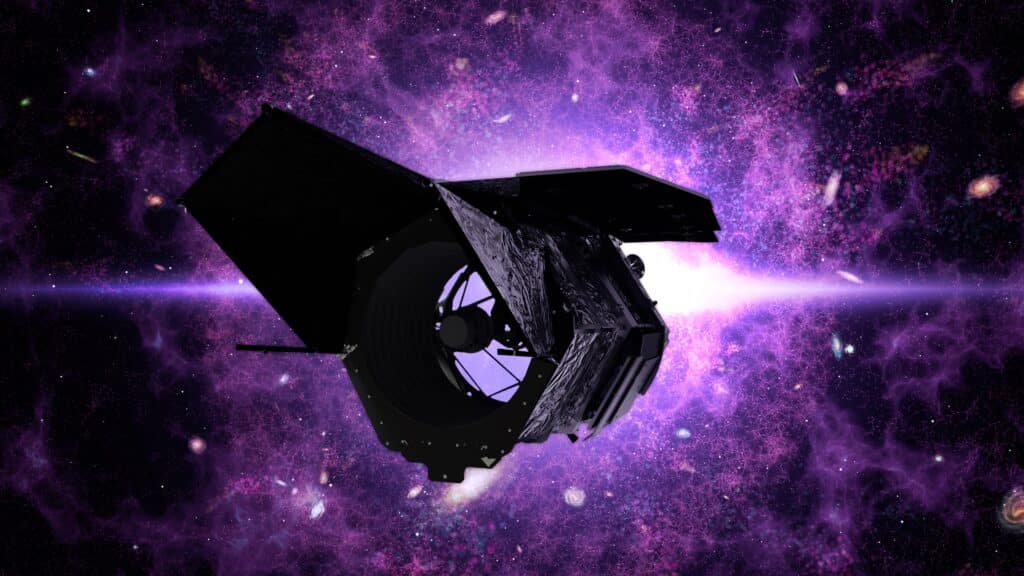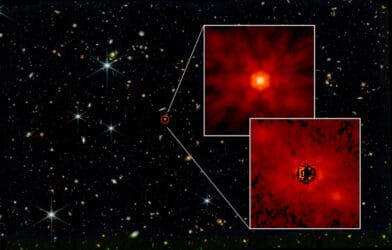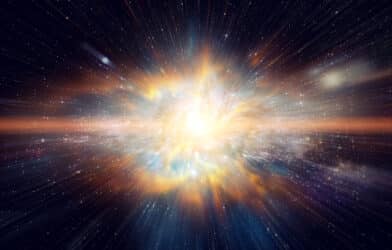In an ambitious undertaking to unlock the secrets of the cosmos, NASA’s upcoming Nancy Grace Roman Space Telescope is gearing up to gather a whopping 20,000 terabytes of space data. To ensure that this mountain of information is not overwhelming, NASA is enlisting the help of the global scientific community.
If 20,000 terabytes doesn’t mean anything to you, let’s put that in perspective. Imagine your smartphone or computer has a storage capacity of 64 gigabytes (GB), which is a common storage size. One terabyte (TB) is equivalent to 1,000 gigabytes. So, 20,000 terabytes would be the same as the storage capacity of 312,500 smartphones or computers each with 64 GB of storage!
At the heart of this effort is the creation of simulations, which will allow scientists to test algorithms, hone in on observational strategies, and predict the telescope’s scientific outcomes. Think of it like a dress rehearsal for a grand cosmic play. These simulations will contain varied cosmic phenomena, which machine learning algorithms will then scan to identify patterns. Given that the Roman Telescope is set to collect trillions of measurements of stars and galaxies over five years, this kind of preparation is crucial.
“We’re harnessing the science community at large to lay a foundation, so when we get to launch we’ll be able to do powerful science right out of the gate,” says Julie McEnery, Roman’s senior project scientist, in a statement.
What Do NASA Scientists Expect To Find?
One challenge, according to McEnery, is the interconnected nature of the Roman Telescope’s work. Each observation it captures might be used by several teams worldwide, each with different scientific goals in mind. This has led NASA to foster an environment where collaboration is seamless and efficient.
But there’s more to this effort than just simulations. Astronomers will use other telescopes, like NASA’s iconic Hubble Space Telescope and Japan’s PRIME, to make preliminary observations. These will serve as guides, helping to fine-tune the Roman Telescope’s own observations later.
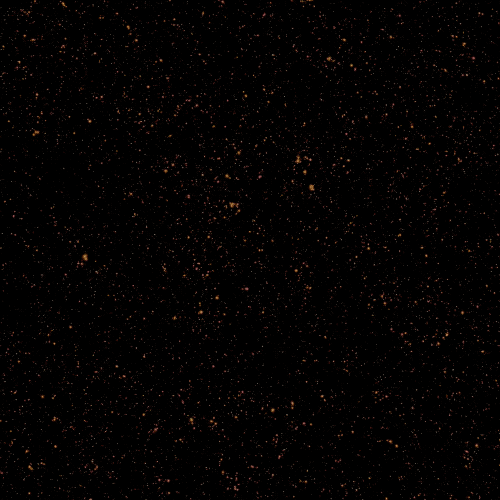
A particularly interesting synergy is the potential collaboration between the Roman Telescope and the PRIME. Together, they could shed light on objects found via warped space-time. Additionally, data from the Hubble can provide a historical context, showing where cosmic objects were in the past and how they evolved over time.
Beyond these collaborations, another group is tinkering with software for the Roman’s Coronagraph Instrument. This advanced tool could directly image planets outside our solar system, offering tantalizing glimpses of potentially Jupiter-like worlds and the dusty disks that often surround stars.
Dominic Benford, Roman’s program scientist, highlights the diverse challenges: from perfecting algorithms to studying distant streams of stars. He explains that scientists would delve into various aspects, like ensuring the accurate measurement of star positions and understanding the effects on observations. “Scientists can take something Roman will explore, like wispy streams of stars that extend far beyond the apparent edges of many galaxies, and consider all of the things needed to study them really well,” he says.
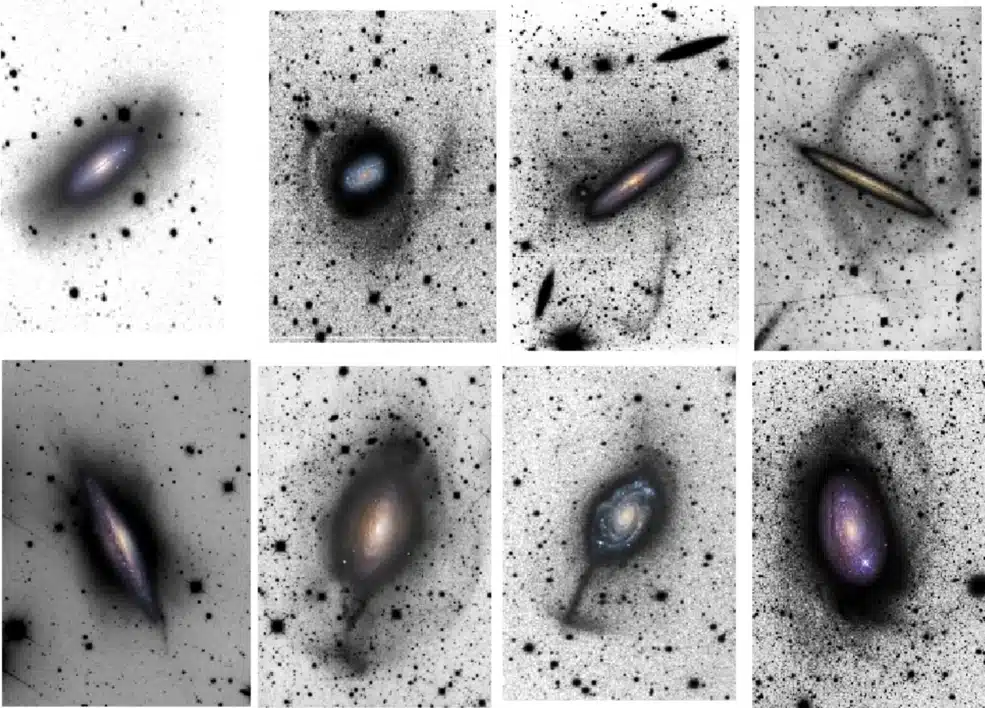
As the launch date in May 2027 approaches, NASA is also setting up centers to manage the data flow and orchestrate the telescope’s observations. McEnery expressed her enthusiasm about the path ahead, calling it a “challenging but also exciting opportunity.”
What is NASA’s Roman Space Telescope?
The Nancy Grace Roman Space Telescope stands as a testament to humanity’s insatiable quest to understand the universe. Originally christened the Wide Field Infrared Survey Telescope (WFIRST), this significant mission, led by NASA, aims to delve deep into the mysteries of dark energy, the search for exoplanets, and the intricacies of infrared astrophysics.
In 2020, in recognition of an astronomer’s invaluable contributions, the telescope was renamed to honor Dr. Nancy Grace Roman. As NASA’s first Chief Astronomer, Dr. Roman played a pivotal role in laying the groundwork for space observatories, most notably the Hubble Space Telescope. Her dedication to the field and her pioneering spirit symbolize the telescope’s ambitious goals.
One of the most striking features of the Roman Space Telescope is its state-of-the-art instrumentation. Central to its arsenal is the Wide Field Instrument (WFI), a high-resolution, space-based imager designed to capture vast areas of the sky in the infrared spectrum. The WFI’s expansive field of view is meticulously crafted to map the large-scale structure of the universe, allowing scientists to study cosmic phenomena with unparalleled detail.
The mission’s core objectives reflect some of the most pressing questions in modern astrophysics. By investigating the nature of dark energy, the Roman Space Telescope seeks to unravel the enigmatic force believed to drive the accelerated expansion of the universe. Such insights could revolutionize our understanding of the universe’s fate and its underlying physical laws.
Furthermore, the telescope’s capabilities extend beyond the distant cosmos to our neighboring star systems. By embarking on a quest to discover exoplanets, the Roman Space Telescope may find celestial bodies resembling Earth, potentially shedding light on the conditions necessary for life.
